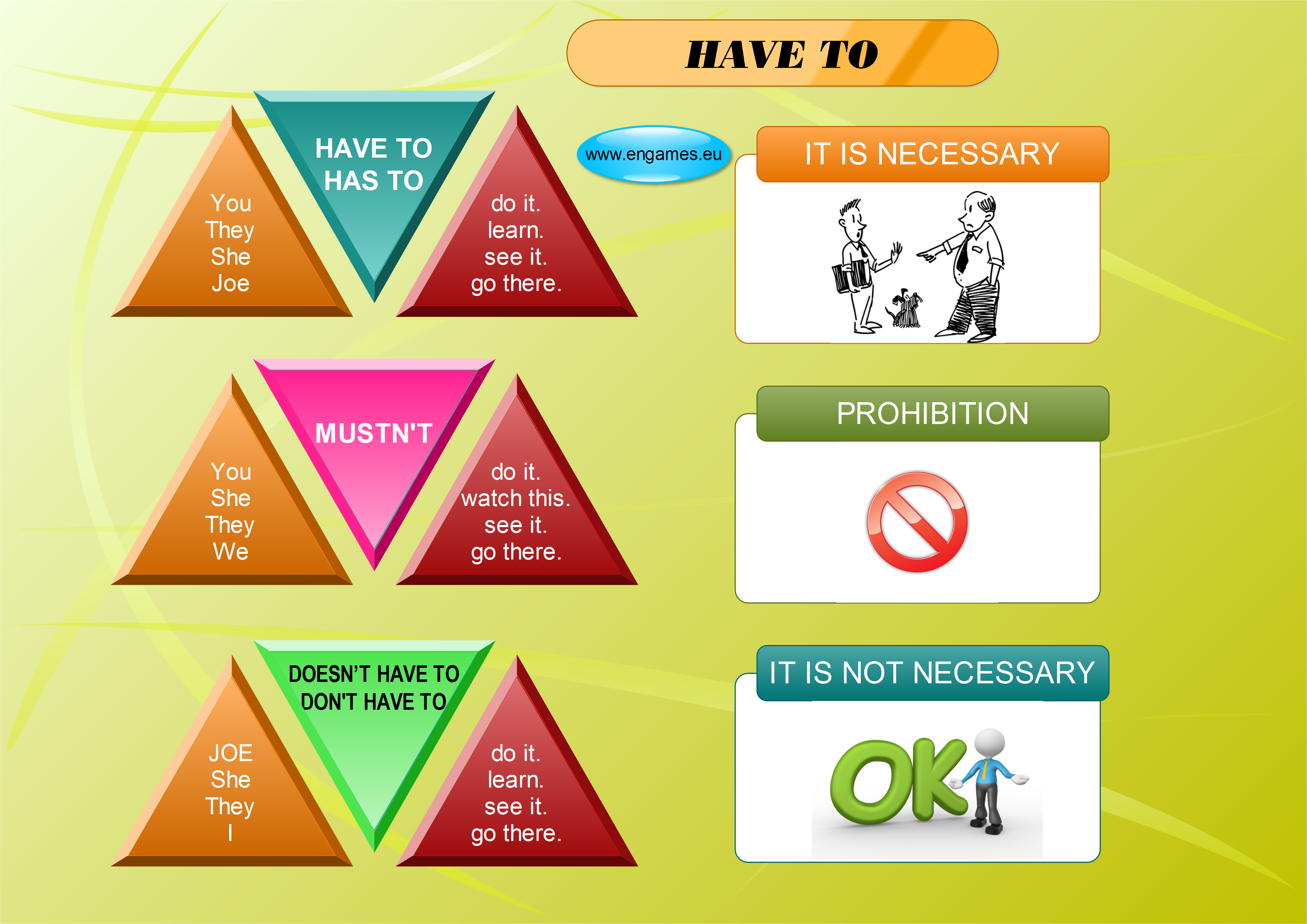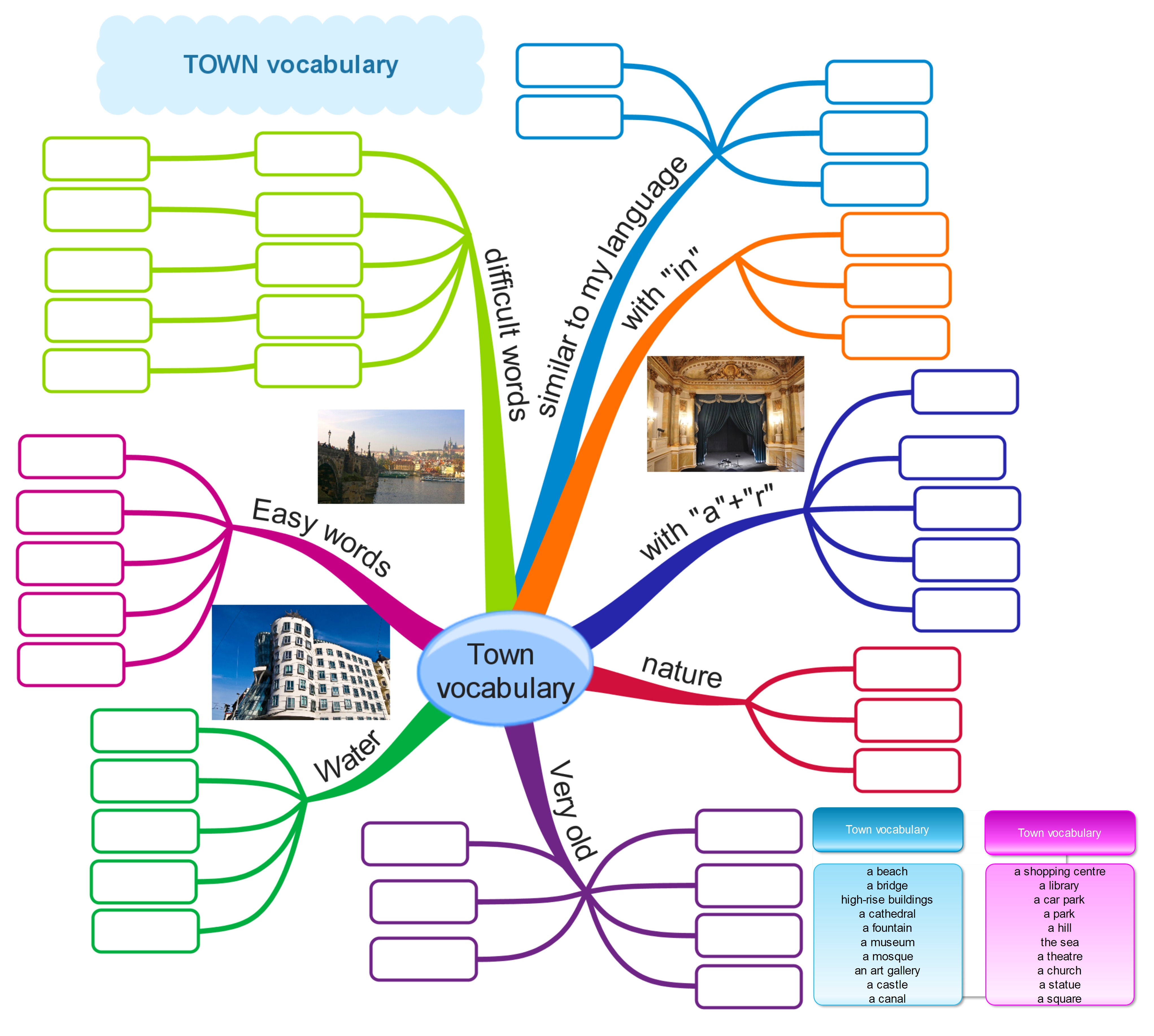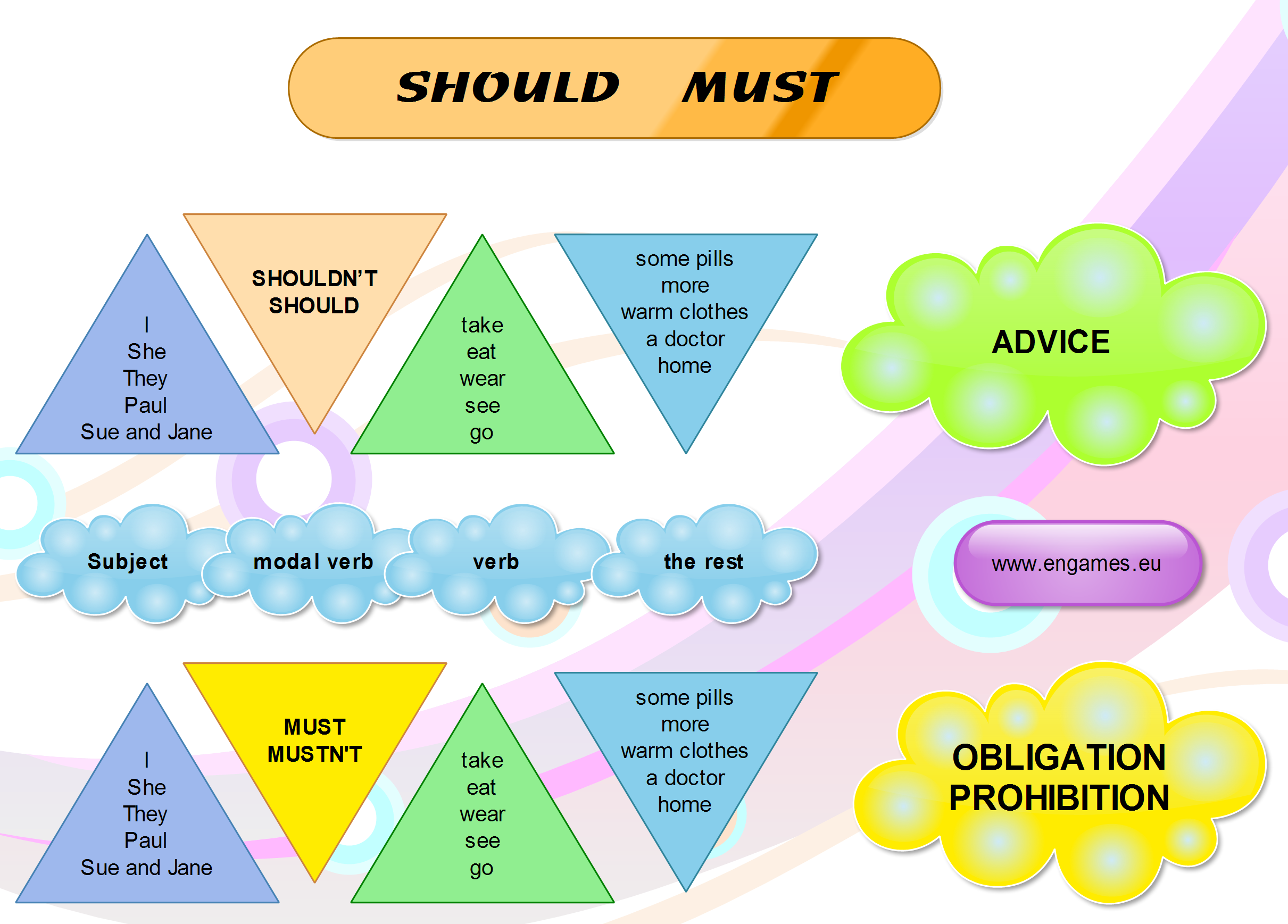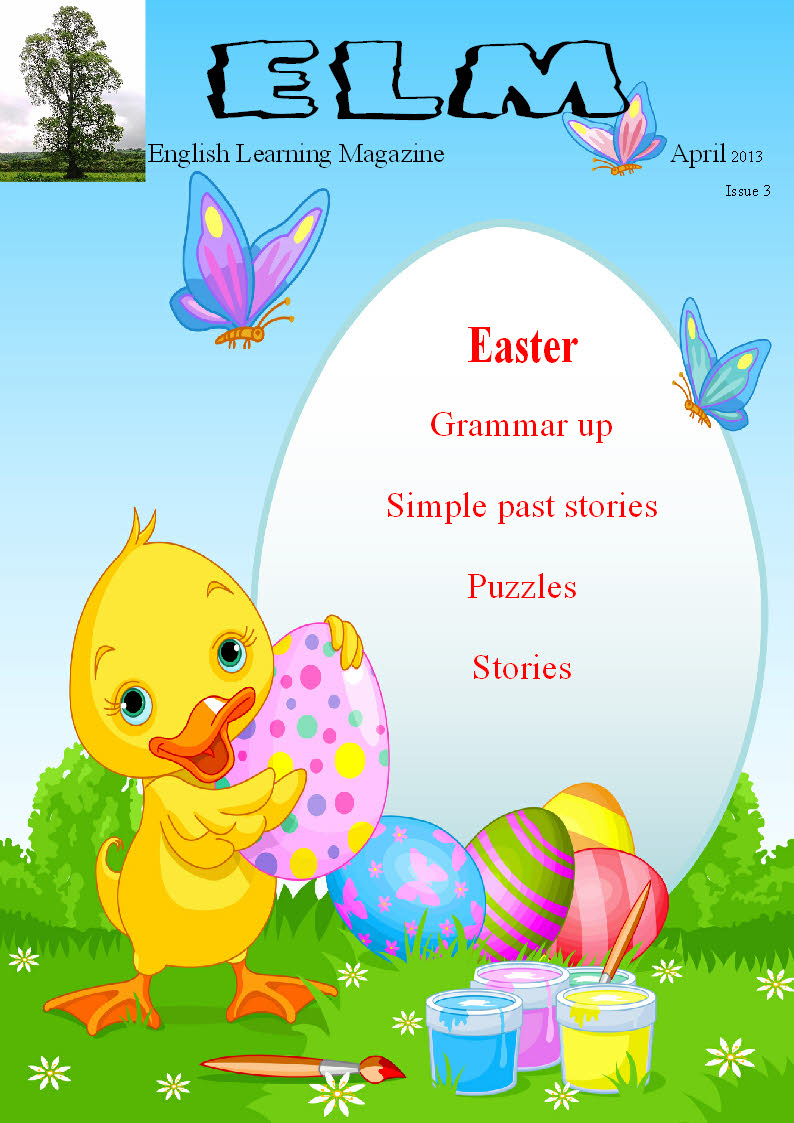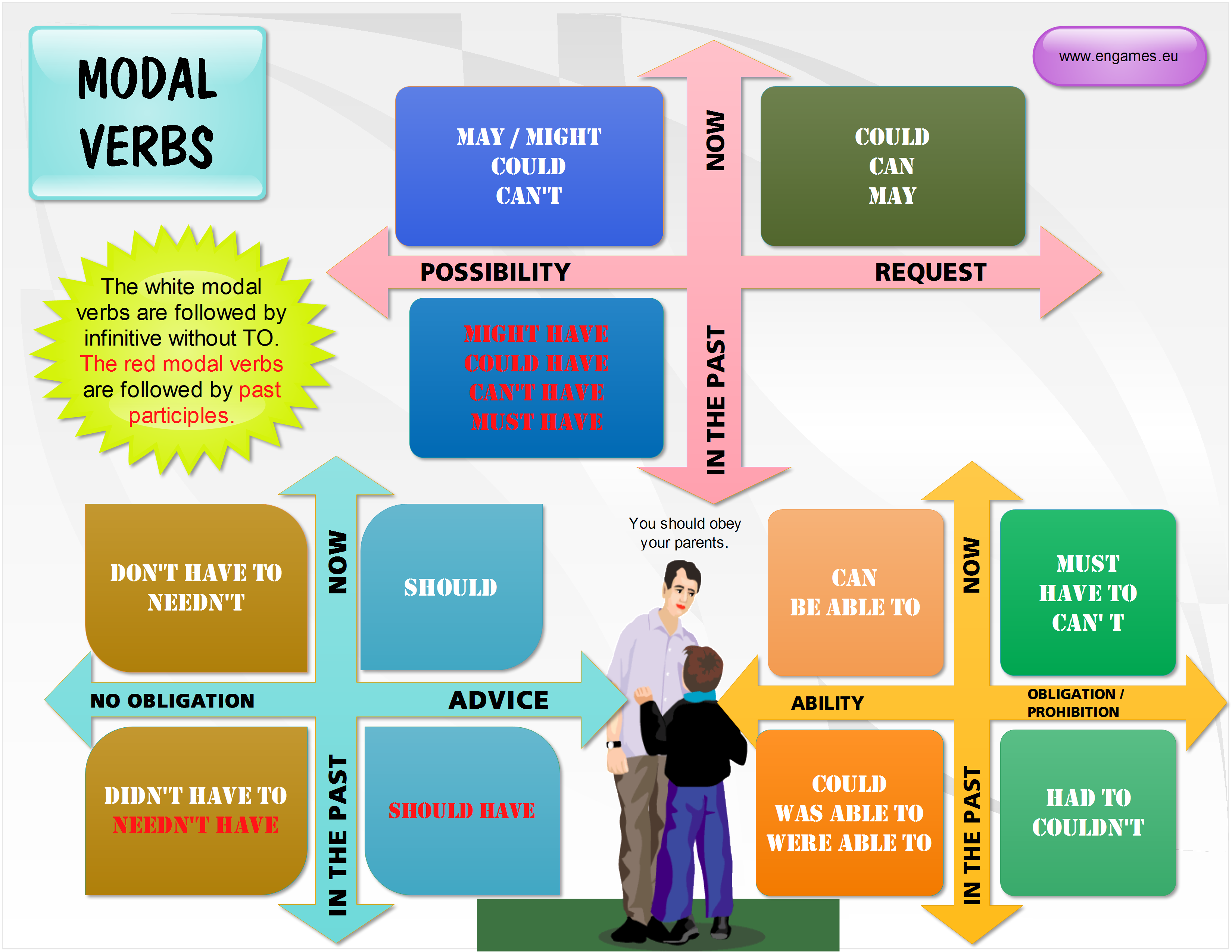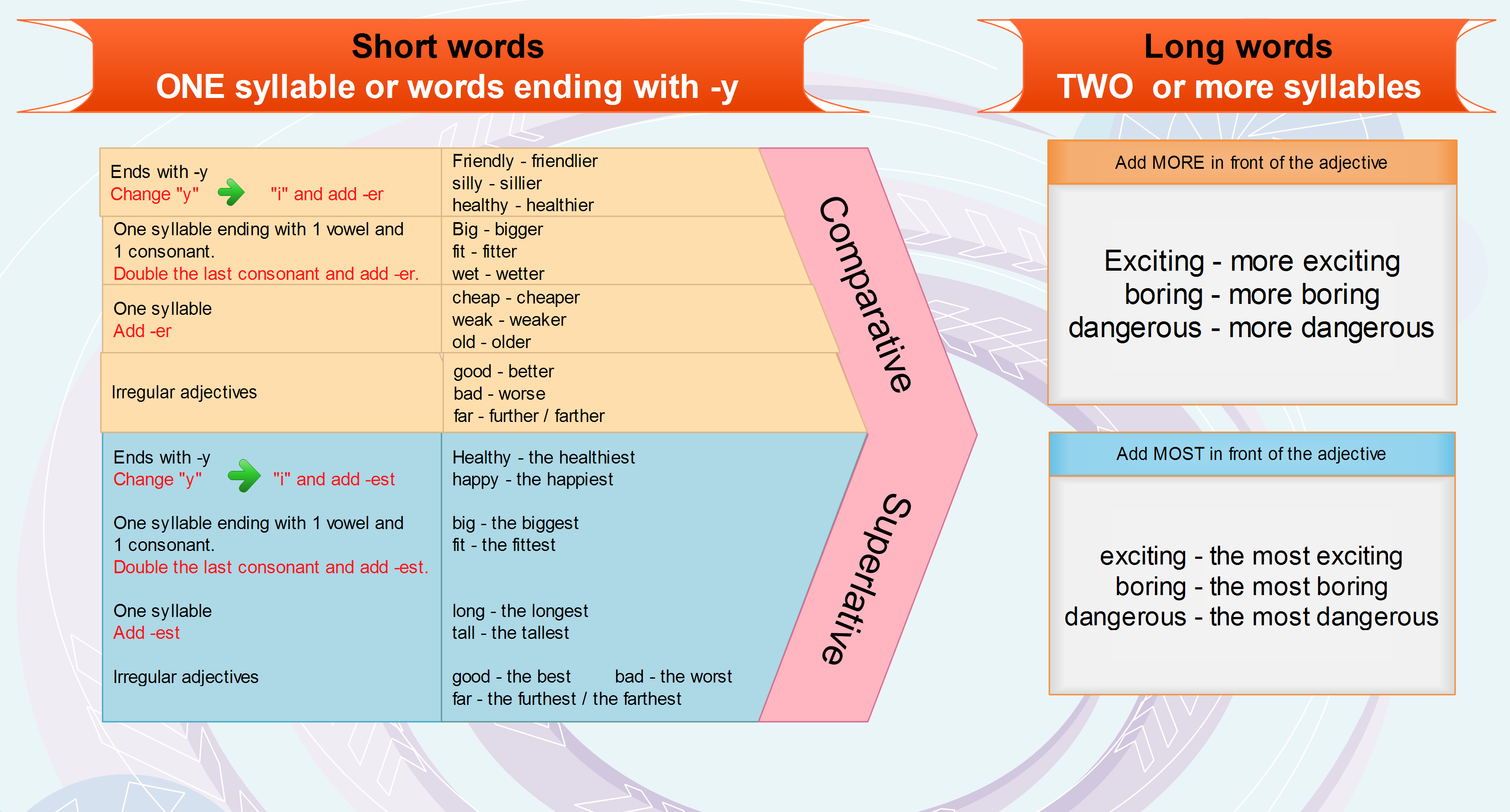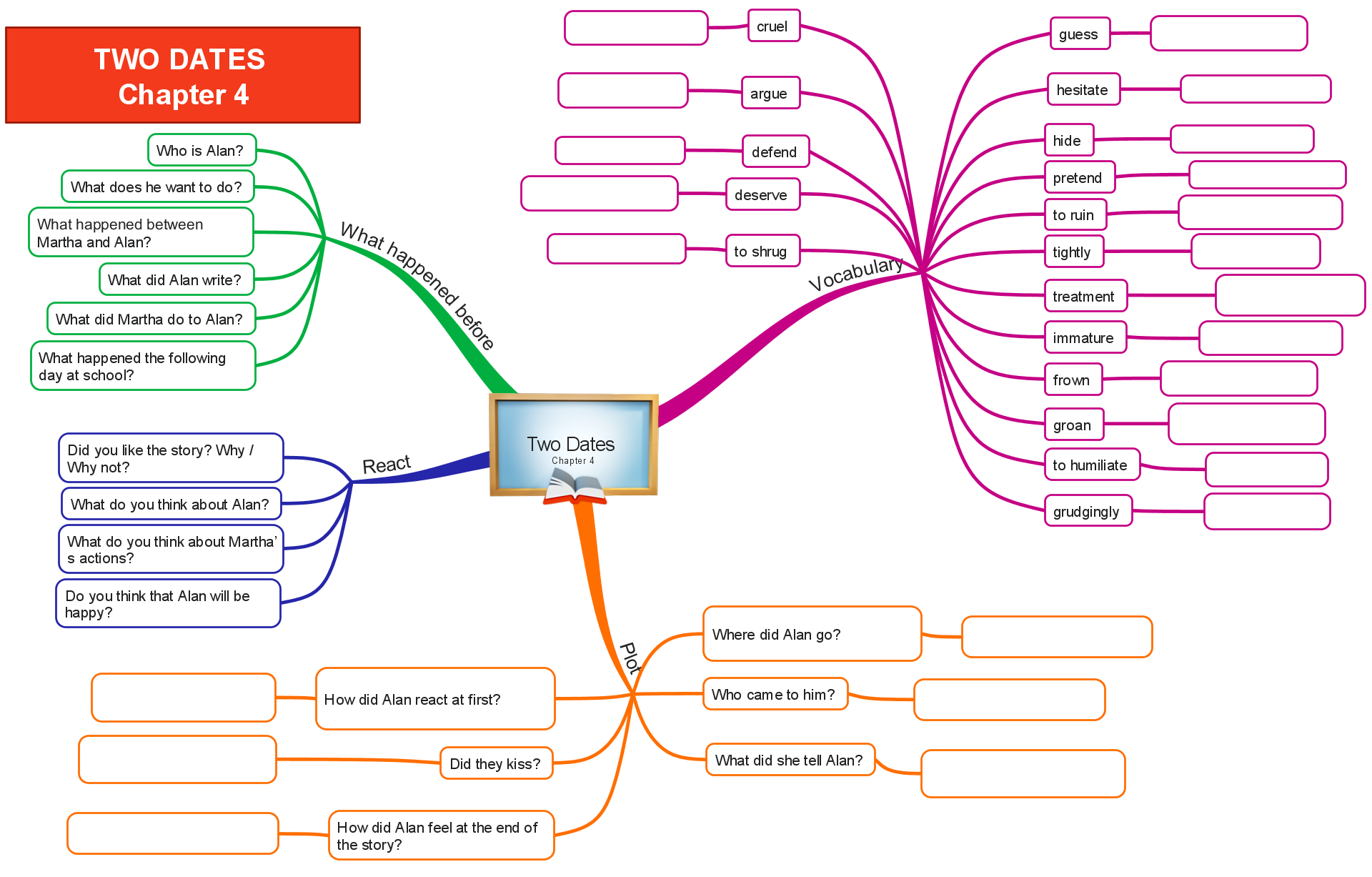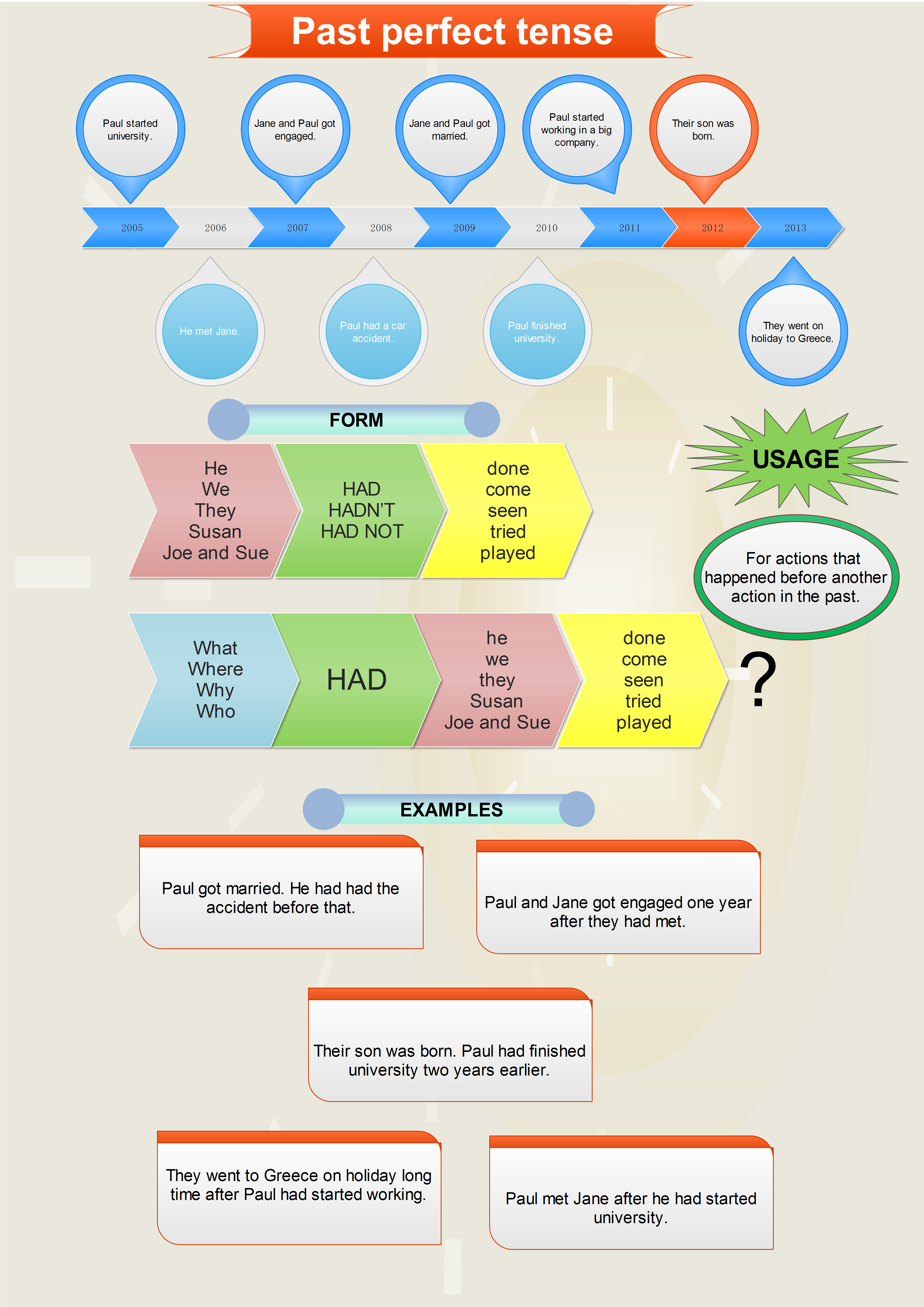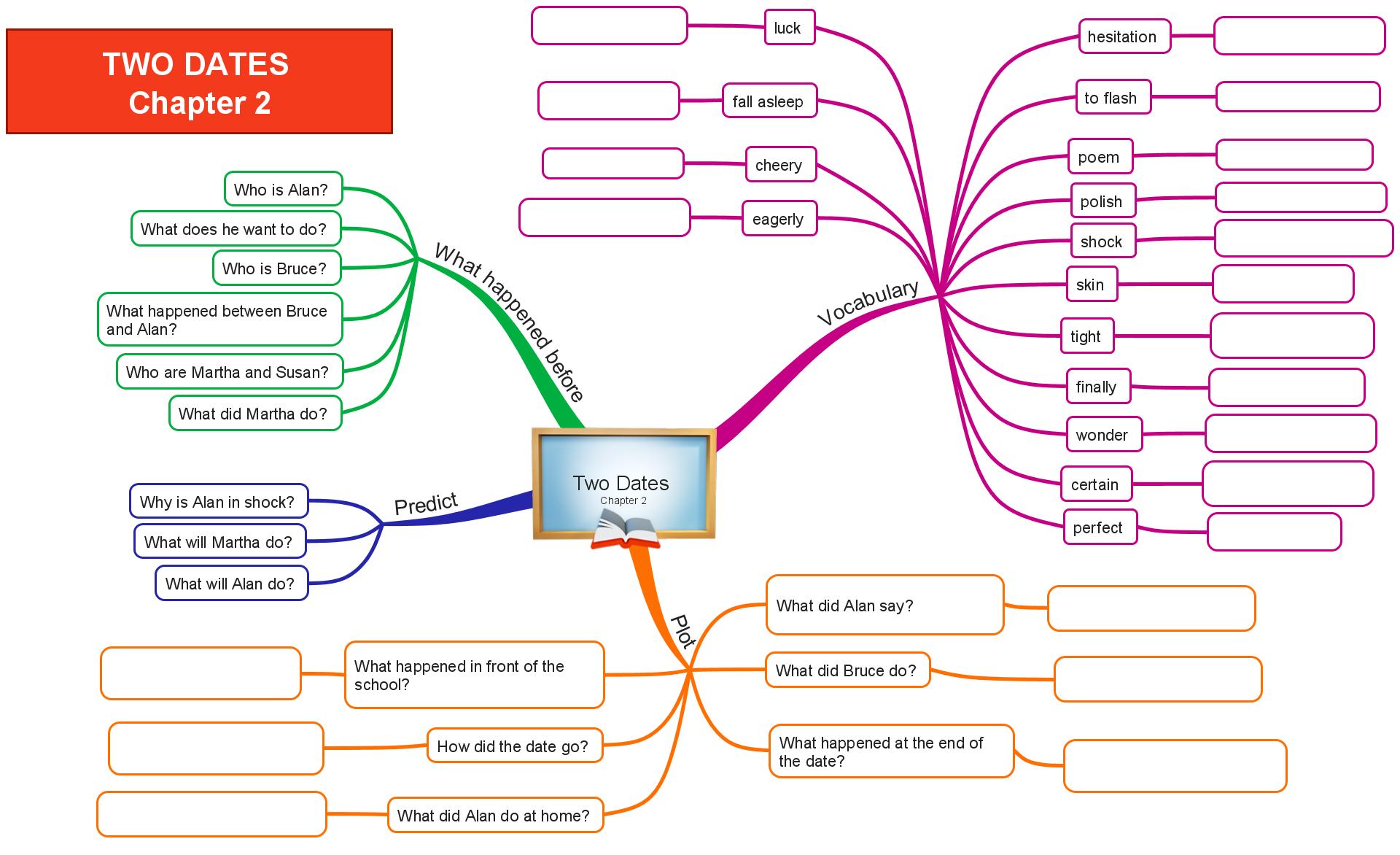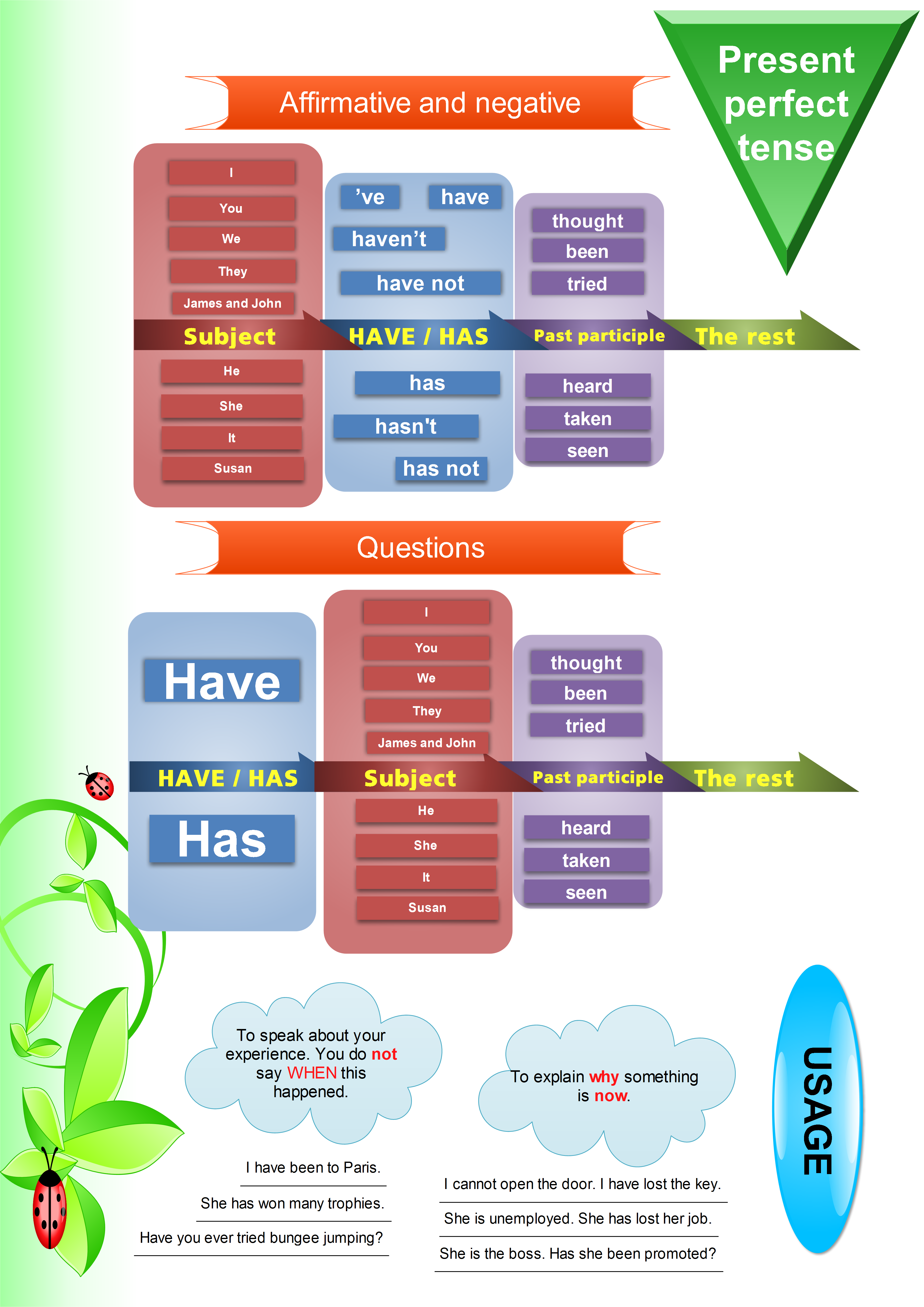Modal verbs – have to and don’t have to
Recently I have been dealing with the modal verbs. First I created a mind map depicting all the modals in present and past tenses. That post was suitable for intemediate students. Then I wrote a post about the modal verbs Must and Should which was for elementary students. In this post I would like to…
